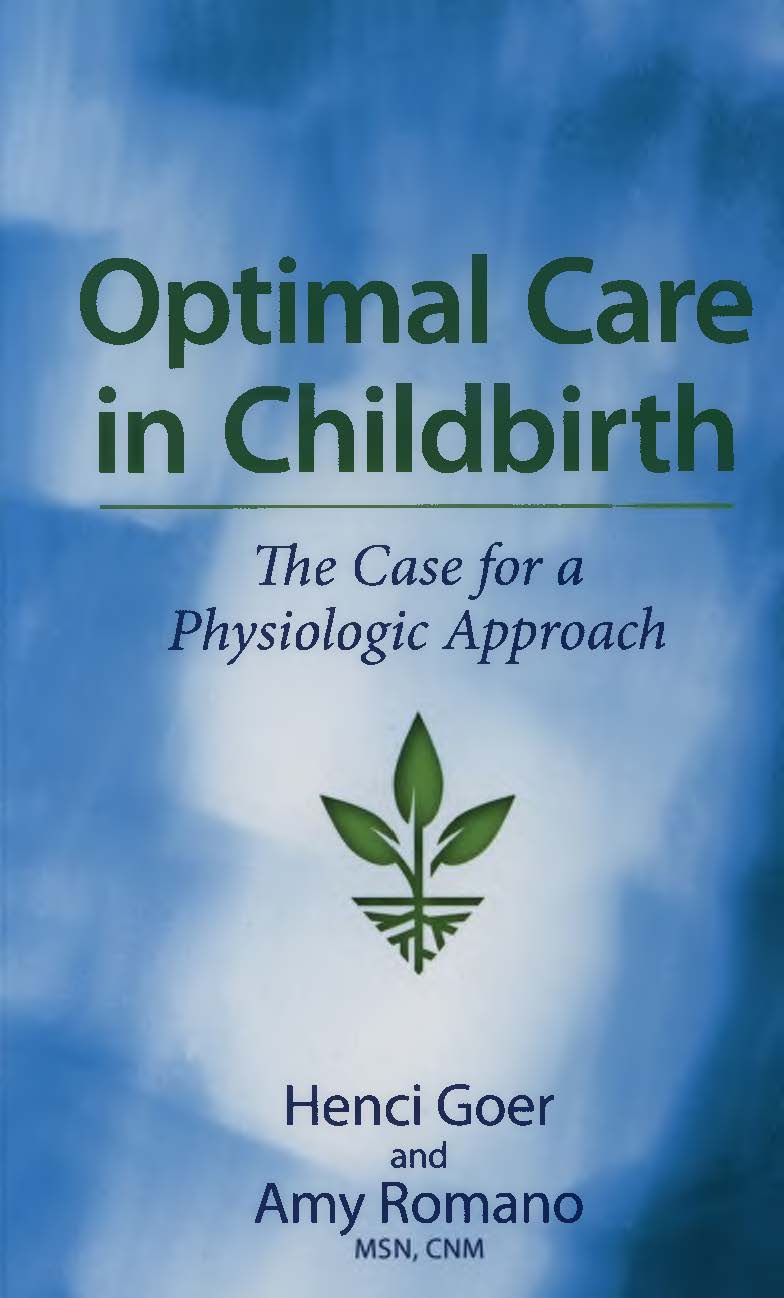Optimal Care in Childbirth

What practices and policies best promote safe, healthy, satisfying labor and birth? What harms do routine or frequent use of tests, procedures, and restrictions introduce? What nonmedical factors drive the current maternity care system? Meticulously documented, Optimal Care in Childbirth: The Case for a Physiologic Approach pulls back the curtain on medical-model management of childbirth. «This should be a text book for everyone in maternity care!» — Penny Simkin, Co-author of the Labor Progress Handbook. «This long awaited book is a marvel. It is a ‘must have’ resource not just for childbirth educators, nurses, obstetricians, and women, but for hospital administrators, insurance companies, and policy makers.» — Judith Lothian, PhD, RN. «Goer & Romano have given the maternity care community a gift in their robust examination and synthesis of the evidence supporting best ways to achieve optimal, physiologic birth for women and infants.» — Holly Powell Kennedy, PhD, CNM, Varney Professor of Midwifery, Yale School of Nursing. «Optimal Care in Childbirth is a long overdue and very important contribution that will lead to a more safe, sane, and satisfying pregnancy care system.» — Steve Calvin, MD, MFM, Co-chair, Human Rights and Health Program, University of Minnesota School of Public Health.
Optimal Care in Childbirth
